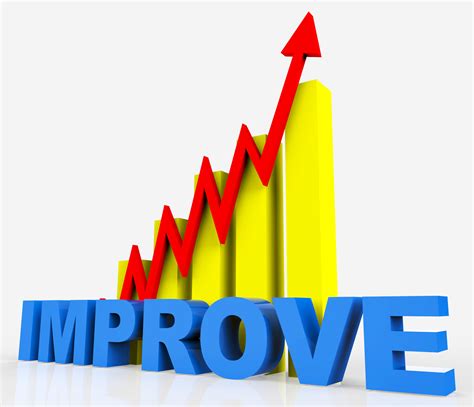Understanding Your Financial Fitness Score
Just as physical fitness assesses your body’s health, financial fitness evaluates the robustness of your monetary life. It’s a comprehensive look at your assets, liabilities, income, and spending habits, painting a clear picture of your current financial standing and future potential. Knowing your score isn’t about judgment; it’s about empowerment, providing a baseline from which to grow and improve.
Key Components of Financial Fitness
A holistic financial fitness score considers several crucial elements:
- Emergency Savings: Do you have 3-6 months’ worth of living expenses readily available? This is your first line of defense against unexpected financial shocks.
- Debt-to-Income Ratio: How much of your monthly income goes towards debt payments? A lower ratio indicates greater financial freedom.
- Investment & Retirement Savings: Are you actively saving and investing for your long-term goals, such as retirement or a down payment on a home? Consistent contributions signal strong future planning.
- Budgeting & Spending Habits: Do you know where your money goes? A well-managed budget ensures you live within your means and direct funds towards your goals.
- Credit Score: A strong credit score is vital for loans, mortgages, and even some jobs, reflecting your reliability as a borrower.

How to Assess Your Current Score
While there isn’t one universal “financial fitness test,” you can create your own assessment by honestly evaluating the components listed above. Assign yourself a mental score (e.g., on a scale of 1-10) for each area. Are your emergency savings robust? Is your debt manageable? Are you consistently investing? The clearer you are about your current reality, the better you can strategize for improvement.
Start by gathering all your financial statements: bank accounts, credit card statements, loan documents, and investment portfolios. Calculate your net worth (assets minus liabilities) and your monthly cash flow (income minus expenses). This data will serve as your personal financial health report card.

Boosting Your Financial Fitness Score Now
The good news is that no matter your current score, you have the power to improve it. Here are actionable steps you can take immediately:
1. Build a Solid Emergency Fund
Prioritize saving at least three months’ worth of essential living expenses in an easily accessible, separate savings account. This fund provides a critical buffer against job loss, medical emergencies, or unforeseen repairs.

2. Tackle High-Interest Debt Strategically
Create a plan to reduce high-interest debt, such as credit card balances. Consider the “debt snowball” or “debt avalanche” method. The former builds momentum by paying off smallest debts first, while the latter saves money by targeting highest interest rates first.
3. Automate Your Savings and Investments
Set up automatic transfers from your checking account to your savings and investment accounts on payday. “Pay yourself first” ensures your financial goals are met before discretionary spending occurs.

4. Review and Optimize Your Budget
Regularly (monthly or quarterly) review your budget. Identify areas where you can cut unnecessary expenses and reallocate those funds towards debt repayment, savings, or investments. Small adjustments can lead to significant long-term gains.
5. Monitor and Improve Your Credit Score
Regularly check your credit report for errors and understand the factors that influence your score (payment history, credit utilization, length of credit history). Pay bills on time and keep credit utilization low to see improvements.

Conclusion: Your Journey to Financial Wellness
Improving your financial fitness score is an ongoing journey, not a one-time event. It requires discipline, continuous learning, and adaptability. By taking proactive steps today – whether it’s setting up an emergency fund, tackling debt, or automating savings – you are investing in a more secure, less stressful financial future. Start small, stay consistent, and watch your financial health transform.




